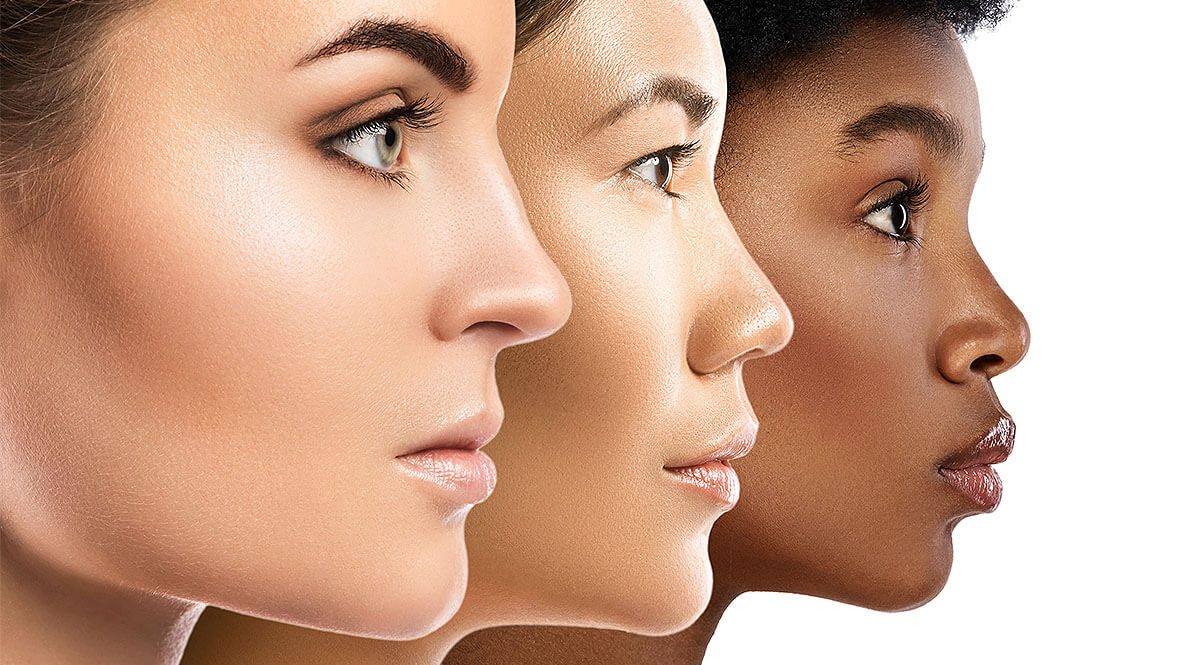Keratoconus finds a formidable new foe in Dr. Soosan Jacob’s groundbreaking CAIRS surgical technique…
Keratoconus, an all-too-common conical deformation of the cornea, has a new enemy to contend with: corneal allogenic intrastromal ring segments, better known as CAIRS. In this nifty new procedure, implants made from donor grafts of corneal tissue are inserted into a channel in the cornea to flatten and regularize that pesky conical bulge which can lead to serious vision loss, among other complications. We sat down with renowned ophthalmologist Dr. Soosan Jacob, who also pioneered the technique, to break down the next big thing in keratoconus treatment.
Inspiration
Before CAIRS hit the scene, there had already been a well-established regime of treatment options for patients with keratoconus – corneal cross-linking (CXL), phototherapeutic keratectomy (PTK), and intracorneal ring segment (ICRS) implantation. But Dr. Jacob noticed a massive gap that needed to be filled. “Many times when you have patients with keratoconus, there’s not much of a problem treating them with known techniques,” she began, “but every once in a while you come across patients whose cases are challenging, and I think it was those challenges that lit the spark in me.” The list of issues with existing treatments is seemingly endless: CXL can slow the progression of the disease but doesn’t do much for visual acuity; PTK is a non-starter for patients with advanced keratoconus or thin corneas. Something had to be done.
Outside the ICRS Box
It was ultimately Dr. Jacob’s experience with intracorneal ring segment (ICRS) implantation that put the wheels in motion. ICRS is a much-practiced, and on the surface highly successful, operation involving the implantation of plastic-based rings into channels in the cornea, but even this relatively new kid on the block had its limitations.
“I had been doing a reasonable number of synthetic ICRS and I was happy with the visual results, but not so much with the problems that could arise postoperatively,” she related. And many are these potential complications. Plastic ICRS implants are sometimes identified as foreign material by the body, leading to melting of the cornea. The plastic implants also run the risk of wandering around the cornea, reducing their effectiveness, becoming extruded and potentially even causing infection. The list goes on.
Another flaw of ICRS is the narrow range of patients it can be performed on. “I would see patients who were beyond the limits for synthetic segment implantation,” she lamented. Patients with steep (more than 58 diopters) or thin (thinner than 450 in the implantation zone) corneas are automatically disqualified. “We all see a lot of patients who are beyond this range, so what is the answer?” she continued. “That’s what prodded me to try and find a solution to this – to be able to help this group of patients as well.”
CAIRS Steals the Show
With the gaping holes in keratoconus treatment options exposed by existing treatments and the tantalizing close-but-no-cigar nature of ICRS, Dr. Jacob spotted an opportunity with allogenic grafts, and CAIRS was born.
Just like with ICRS, a femtosecond laser is used to cut channels in the cornea, and an implant is inserted. But unlike synthetic ICRS, this implant is made of an allogenic graft, and not of artificial material. The body treats it as friend instead of foe, and the risk of complications decreases. The tissue is fully integrated into the cornea and so doesn’t migrate, nipping the possibility of corneal melting and extrusions at the bud. And crucially, CAIRS can be used in a much wider variety of patients. It is highly customizable and can be safely implanted at much shallower depth than ICRS, making it ideal for those with thin or steep corneas at virtually any stage of keratoconus progression – from early to late.
“We got very good visual results with CAIRS as well as anatomical results which really left the patients extremely happy with their outcome. I think that was really the success of CAIRS,” Dr. Jacob shared. “That made me continue to progress on this path and we have evolved the technique of CAIRS into something that is repeatable and very easy to do with a small learning curve for would-be practitioners.”
Beyond Keratoconus
But Dr. Jacob doesn’t just see CAIRS as a safe and effective game-changer for keratoconus sufferers around the world. She sees a great future for CAIRS in a variety of other areas too, like pellucid marginal degeneration (PMD), post-LASIK ectasia, and other corneal ectatic disorders. So while it is too early to call CAIRS the keratoconus cure-all it could be, this is one treatment to keep an eye on.




